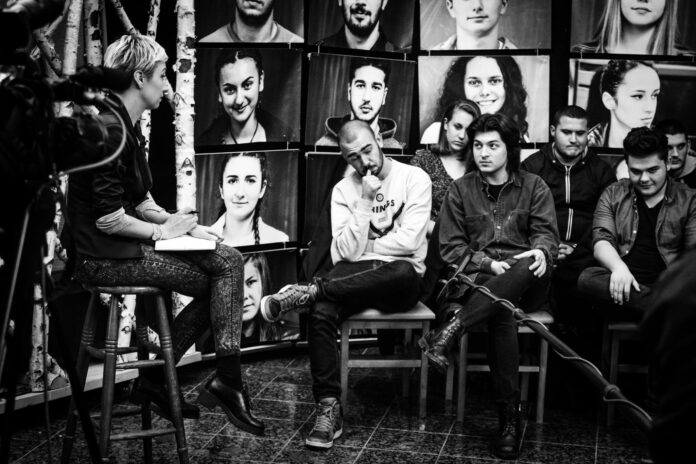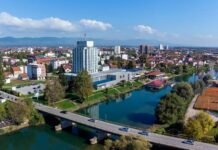In recent years, there have been several protests organized by young people across the region. With the exception of the ongoing protests in Serbia, which began in November 2024, most have been short-lived.
– In 2014, the youth of Bosnia and Herzegovina protested against corruption and economic stagnation;
– In 2019, the young people in Montenegro protested against the political elites;
– In 2020, the youth of Kosovo rallied against corruption and the government’s handling of the COVID-19 epidemic;
– In 2024, the students in Sarajevo protested Israel’s actions in Gaza;
– In 2024, the young people of Sarajevo took to the streets to express solidarity and support the students in Serbia:
– In 2025, young people from Sarajevo organized a protest because of the tragedy in Donja Jablanica;
– In 2025, youth in Zenica the poor state of the education system;
– In 2025, Cetinje saw protests focused on the judicial system;
– Also in 2025, protests broke out in Kočani and other towns over the tragic deaths of 59 young people in a nightclub fire;
Ajna, a student from Zenica, says these protests were largely inspired by the youth-led movement in Serbia.
“I think students in Serbia are the real catalysts. If they hadn’t raised their voices, many of us in the region wouldn’t have protested at all. They gave us motivation. Boycotts are becoming more common in Bosnia too. In a way, we understood what they were saying, and therefore finally started to realize what problems we face in our own country. I’m glad that most of the protestors in Zenica were young people.”
https://www.slobodnaevropa.org/a/perspektiva-zenica-protesti/33341584.html
In Zenica, the youth announced, “Zenica is rising.” But the momentum didn’t last. The same happened in Sarajevo, where one speaker, who chose to remain anonymous, voiced her disappointment over the low turnout at a protest following the Jablanica tragedy:
“I was disappointed. I kept hoping the crowd would grow, but it didn’t.”
https://www.slobodnaevropa.org/a/perspektiva-specijal-protesti/33384720.html
Why do these protests fade so quickly? Džejla, also from Zenica, says fear plays a role:
“They told us that if we protested in front of the school, we’d be sanctioned by being expelled.”
https://www.slobodnaevropa.org/a/perspektiva-zenica-protesti/33341584.html
Enesa from Bar sees resignation and hopelessness as the reasons, while Andrej adds another layer. Jovan suggests youth are not being loud enough:
“There’s no one really listening. People say young people don’t get involved. That’s not true. They’ve tried, they’ve spoken up and knocked on many doors – but to no avail.”
https://www.slobodnaevropa.org/a/pespektiva-mladi-bar/33264140.html
“They hear us, but they don’t listen.”
https://www.slobodnaevropa.org/a/pespektiva-mladi-bar/33264140.html
“I think institutions only respond to youth when we’re loud enough.”
https://www.slobodnaevropa.org/a/perspektiva-mladi-bar-crna-gora/33289312.html
So how have Serbian students managed to sustain protests for seven or eight months? Tamara from Belgrade explains:
“The difference lies in years of accumulated injustice and stupidity. It’s not just one problem or one incident. It’s an accumulation, a pile-up. That’s what makes these protests different. Also, they’re led by smart young people who are not letting anyone hijack their movement. And that’s really important to me, an important aspect. And finally, things reached a boiling point for many people, even those who were perhaps previously apolitical, because when it involves their children, they can no longer be apolitical.”
https://www.slobodnaevropa.org/a/perspektiva-mladi-beograd-autokomanda/33300439.html
Students in Serbia have ignited hope not just at home, but across the region. Their peers elsewhere have yet to find the same strength – or persistence. As Serbian students chanted during their bicycle journey from Belgrade to Strasbourg:
“No one is tired. No one is tired.
We will not get tired.
We will not get tired!”
https://www.slobodnaevropa.org/a/perspektiva-specijal-protesti/33384720.html














